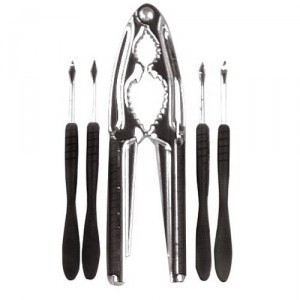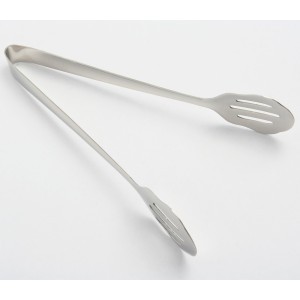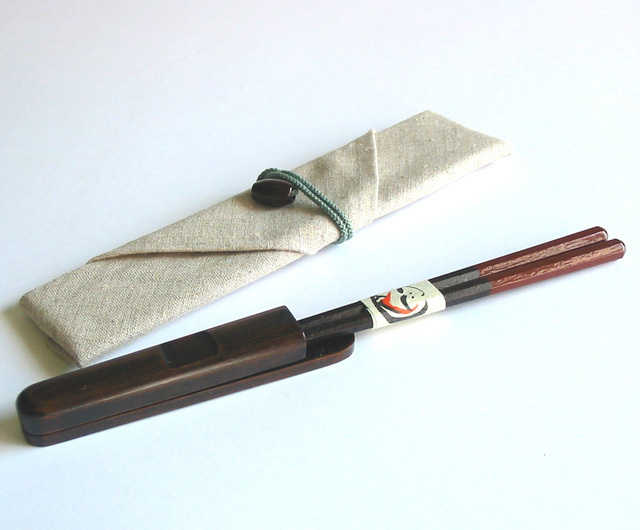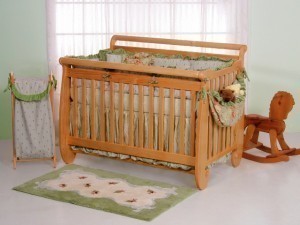Ropes Sizes
A rope is a very useful material made out of braided or twisted fibers,  which is primarily used for connecting and pulling objects. It is known for its tensile strength. Furthermore, it is stronger and thicker than twine, string or line. Some of the natural fibers used to create this kind of material include cotton, linen and hemp. In addition, synthetic fibers are also used to make ropes including polyethylene, nylon as well as polypropylene. Aside from these facts, it is also interesting to find out about the different ropes sizes.
which is primarily used for connecting and pulling objects. It is known for its tensile strength. Furthermore, it is stronger and thicker than twine, string or line. Some of the natural fibers used to create this kind of material include cotton, linen and hemp. In addition, synthetic fibers are also used to make ropes including polyethylene, nylon as well as polypropylene. Aside from these facts, it is also interesting to find out about the different ropes sizes.
The Sizes of Ropes
On the average, a single rope has a thickness of about 9 millimeters to 11 millimeters. This is true especially for climbing ropes. A double rope is usually lighter and smaller, the thickness of which is about 9 millimeters or less. This kind of rope is used in mixed climbing and ice climbing. Furthermore, other ropes can have a thickness somewhere between 4 millimeters and 26 millimeters.
Additional Facts and Other Interesting Details
Just like the discovery of fire, the use of rope has played a very huge part in the technological progress of humankind. Since prehistoric times, people have been using it to perform different kinds of tasks including climbing, lifting and carrying. Aside from these activities, it has also been widely used in other things such as fastening, pulling and hunting.
Earlier forms of ropes were made out of natural plant fibers. In Europe, the use of rope-making technology dates back approximately 28,000 years ago. Historically, ancient Egyptians were credited for the development of special tools to produce ropes. Usually made from water reed fibers, the beginning of Egyptian rope can be traced back to 4000 to 3500 B.C. Other materials commonly used to make ropes during antiquity include animal hair, papyrus and date palm fibers.
Over the following thousand years, rope making as well as its use spread to faraway areas like Europe, India and Asia. Natural fibers like sisal, jute and coir make good materials for ropes. The same also goes for synthetic fibers such as polyaramids, aramids and nylon. Different kinds of polyesters are also good materials like holoprosencephaly or HPE, liquid crystal polymer or LCP and polyethylene terephthalate or PET. The basic material used for making decorative ropes is rayon. Fibrous materials also make good ropes like hair, wool and silk.
Ropes are very important to various fields including exploration, seafaring and construction. Furthermore, they are also used in communications as well as sports. To produce a mechanical advantage, ropes are commonly used together with pulleys. The major styles of ropes include plaited, braided and twisted ropes.





